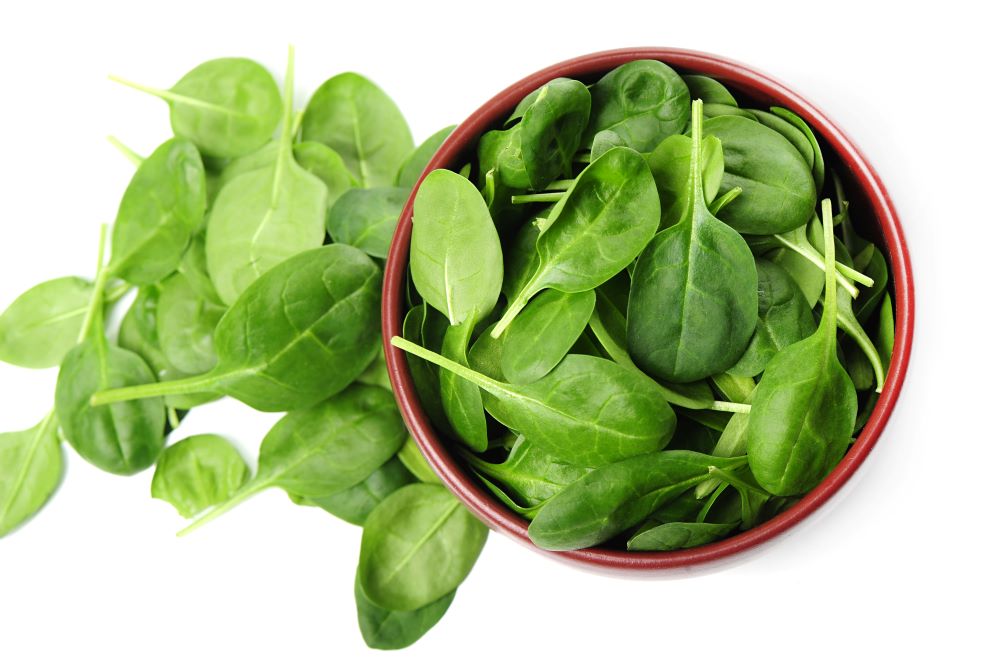Can spinach be reheated?

The age-old debate surrounding reheating spinach continues to baffle many. In the past, reheating spinach was deemed a culinary taboo, but what is the precise reason behind this, and where do we stand on the matter today? Let’s uncover the truth behind reheating spinach.Different compoundsThe reason behind the caution surrounding reheating spinach stems from the presence of a compound called nitrate. While nitrate itself is not harmful to health, it can be converted into nitrite within the body. Nitrate is naturally found in vegetables and fruits, as well as in drinking water and occasionally added to products as a preservative. Nitrite, however, can pose health risks by reducing oxygen levels in the blood. Under certain conditions, nitrite can further convert into nitrosamines, compounds that have been linked to cancer.Reheating spinachIn conclusion, reheating spinach is safe to do. The risk of health problems associated with reheating spinach is minimal. However, why do some people believe that reheating spinach is not advisable? This misconception arises from the fact that spinach is a nitrate-rich vegetable. Improper storage of cooked spinach can lead to bacterial growth, with some of these bacteria having the potential to convert nitrate into nitrite.Helpful tipsIt’s essential to consider a few key points when handling cooked spinach. For instance, it’s crucial to cool leftover spinach from the initial preparation quickly. Store it in the refrigerator at temperatures below 4°C (39°F) to inhibit bacterial growth. Additionally, it’s advisable not to keep leftover spinach in the refrigerator for more than two days.In summary, while the debate surrounding reheating spinach may have caused confusion in the past, it’s evident that reheating spinach is safe when done correctly. By adhering to proper storage and reheating practices, you can enjoy the nutritional benefits of spinach without any concerns about health risks.


